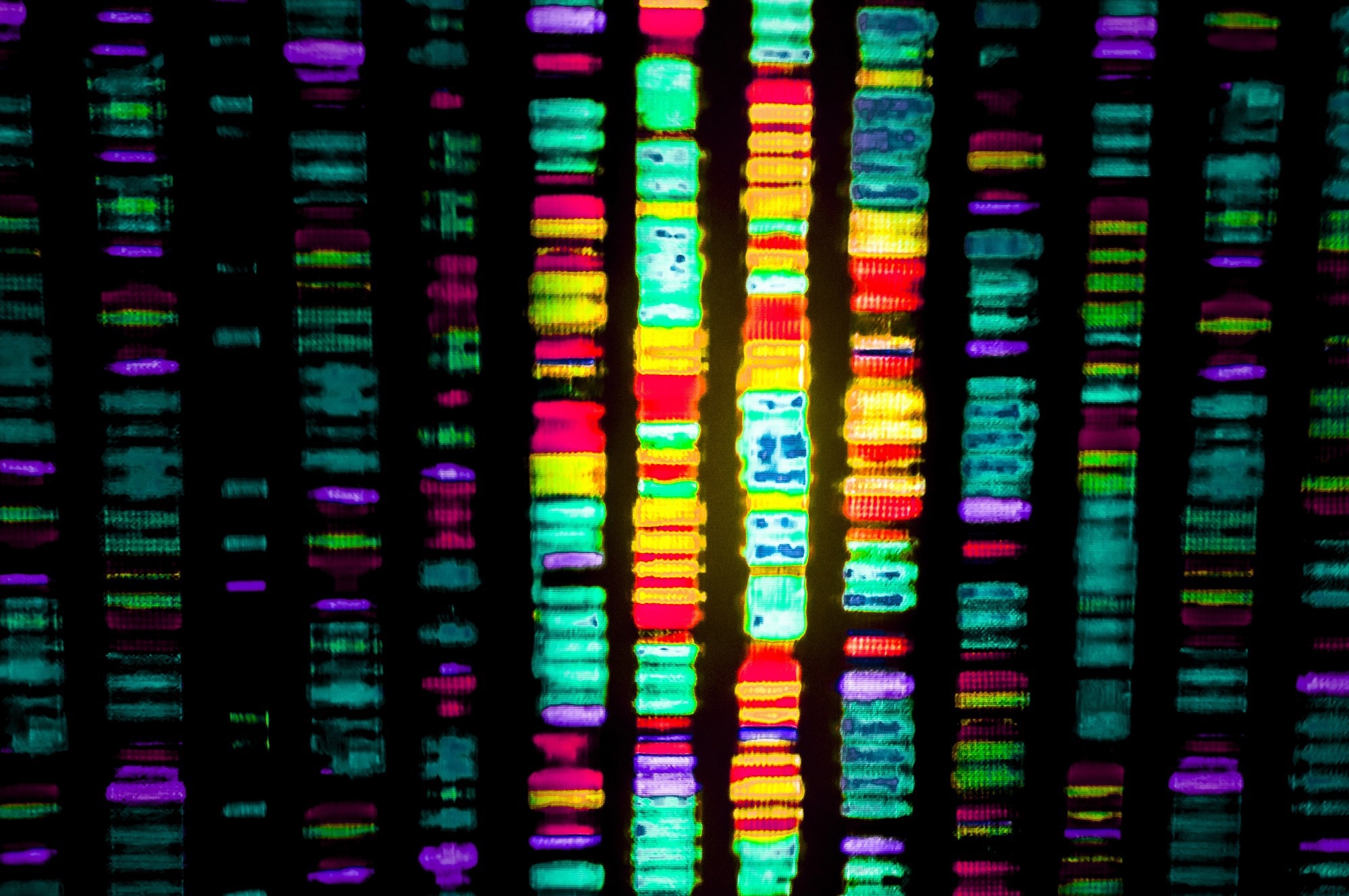
Image Credit: Gio.tto/Shutterstock.com
Their findings explain how nearly two meters of DNA fit inside a cell nucleus just microns wide, all while supporting essential processes like gene expression and replication.
Central to this discovery is a technique called Hi-C, which maps the spatial proximity of DNA segments and reveals how this elegant architecture shapes cellular function. The research offers fresh insight into gene regulation and opens the door to new ways of studying cancer and cell development.
Background
Since Watson and Crick’s discovery of the DNA double helix, one lingering question has puzzled scientists: how do cells fit about two meters of linear DNA into a nucleus just a few microns wide?
While the double helix explained the storage of genetic information, it offered no clues about the next level of organization. Earlier models suggested that DNA folded into an "equilibrium globule," but these arrangements often led to knots that could interfere with gene access.
In 1993, physicist Alexander Grosberg proposed an alternative: the "fractal globule" - a compact yet unknotted configuration. However, the idea remained theoretical due to the lack of experimental tools to observe such structures.
That gap is what the current research finally closes, combining cutting-edge genomic technologies with advanced computational modeling to visualize DNA organization on a genome-wide scale.
Mapping the Genome’s 3D Structure
The research team discovered that the genome arranges itself into two distinct compartments: one active and accessible, the other more tightly packed and inactive. Both are organized within a fractal globule structure - imagine a rope intricately folded on itself without knots. This configuration allows chromosomes to compact DNA efficiently while still letting cells access the genes they need at any given moment.
Unlike earlier models, the fractal globule enables parts of the genome to fold and unfold rapidly, which is crucial during gene expression and DNA replication. Using their newly developed Hi-C technique, the scientists could chemically link nearby DNA regions and then sequence the resulting fragments to map their positions in three-dimensional space.
Simulations from MIT physicists confirmed that this structure provides an ideal balance between tight packing and functional accessibility. Senior author Eric Lander described it as “nature’s stunningly elegant solution” to the challenge of genetic storage - one that helps explain long-standing mysteries around gene regulation and cellular differentiation.
A New Tool and its Potential Impact
At the heart of this breakthrough is Hi-C technology. By cross-linking adjacent strands of DNA, fragmenting them, and sequencing the linked pieces, researchers created a comprehensive proximity map of the genome. Erez Lieberman-Aiden, one of the lead researchers, recognized the fractal pattern in the resulting data and worked with physicists to model it mathematically.
This approach didn’t just confirm the genome’s 3D layout; it also opened the door to new questions. For instance, the team suggests that specific chemical modifications might allow cells to selectively open regions of the fractal globule, thereby activating certain genes. This insight could be especially valuable for tracking changes during stem cell differentiation or the progression of cancer.
As Thomas Tullius of Boston University commented, the research offers “a whole new view of the chromosome,” with significant implications for understanding and potentially treating genetic diseases.
Conclusion
This study marks a major advance in our understanding of genome organization, revealing how DNA folds into a fractal globule to solve the problem of packing without compromising gene accessibility.
Beyond offering an elegant answer to a fundamental biological question, the work introduces powerful new methods for exploring how DNA structure affects cell behavior. The Hi-C technique and accompanying models provide a foundation for future research into the spatial dynamics of the genome, research that could inform everything from cancer biology to regenerative medicine.
Disclaimer: The views expressed here are those of the author expressed in their private capacity and do not necessarily represent the views of AZoM.com Limited T/A AZoNetwork the owner and operator of this website. This disclaimer forms part of the Terms and conditions of use of this website.
Source:
Massachusetts Institute of Technology.